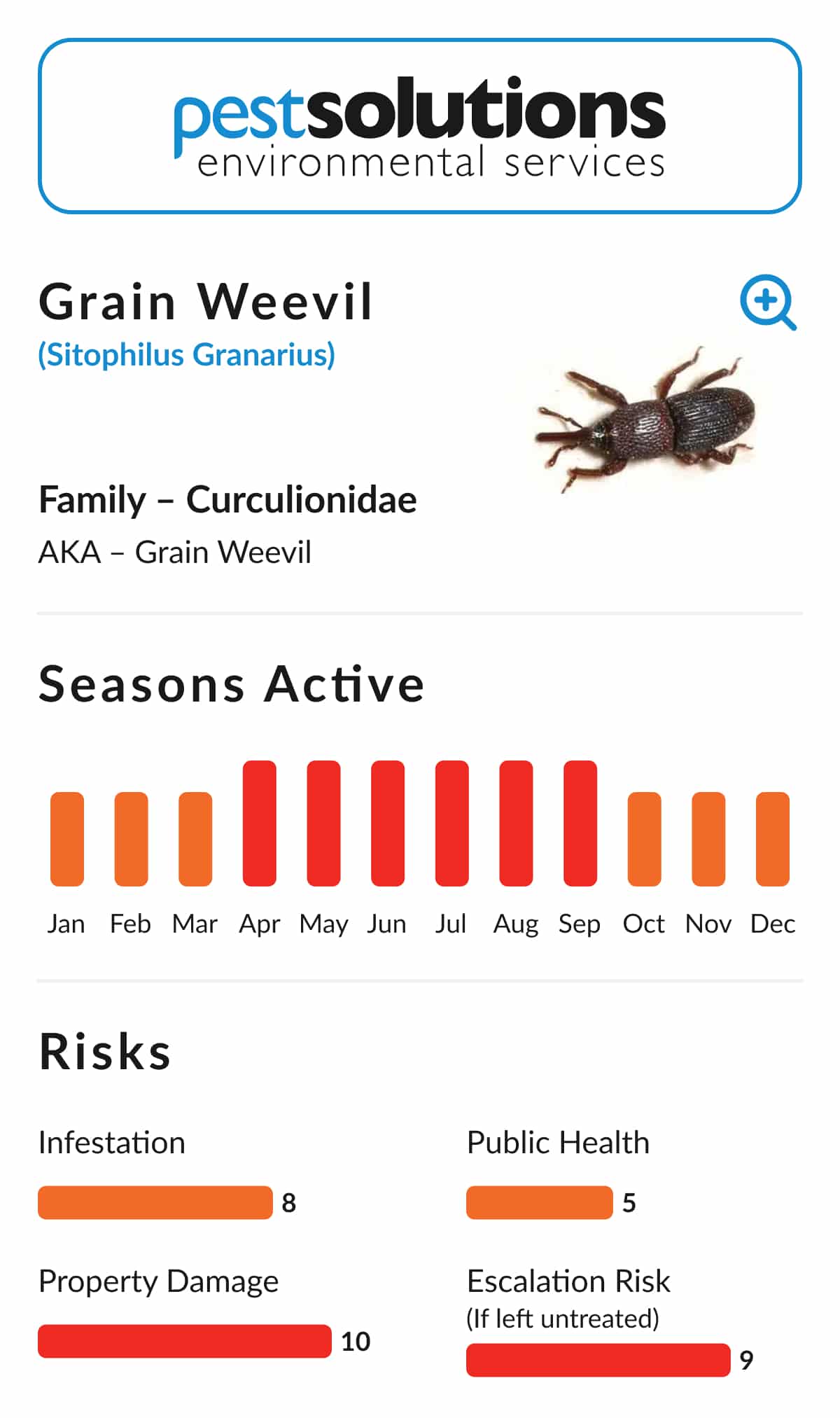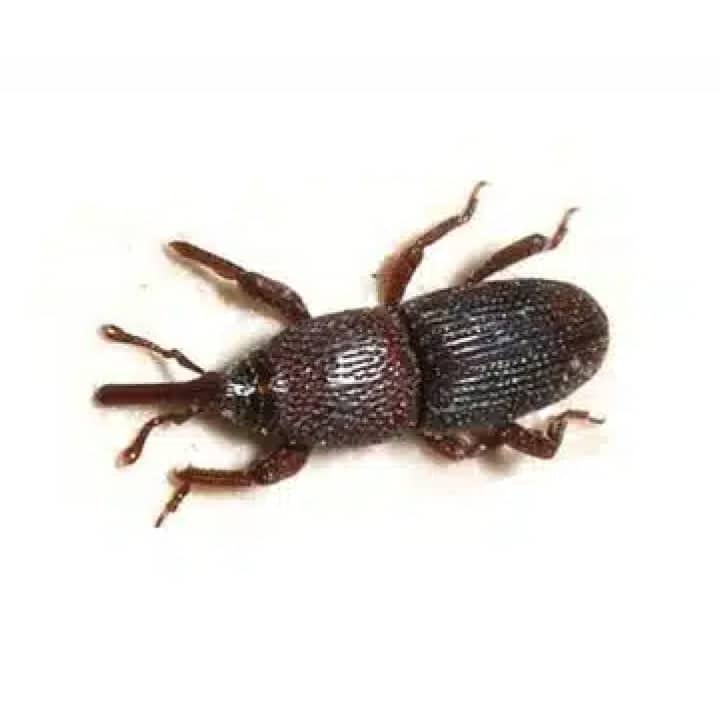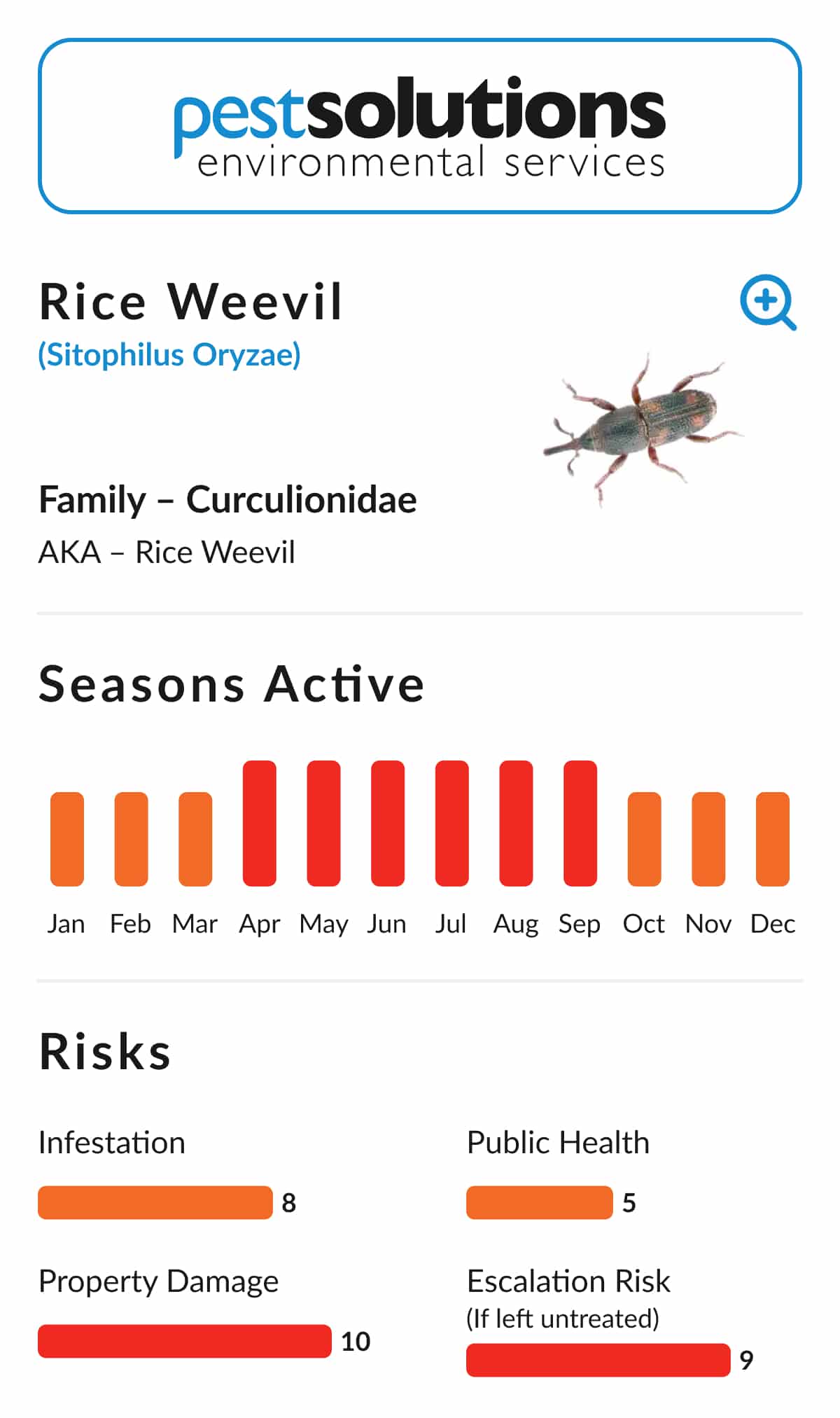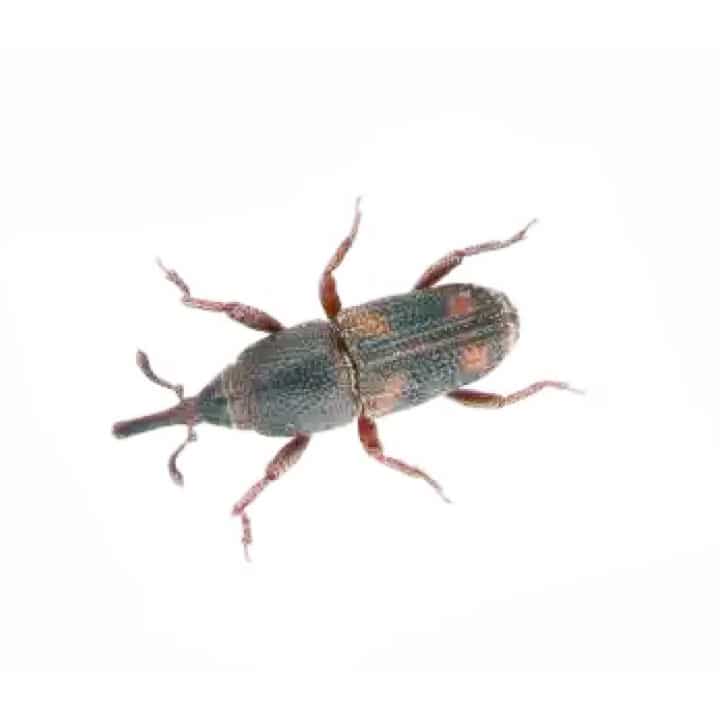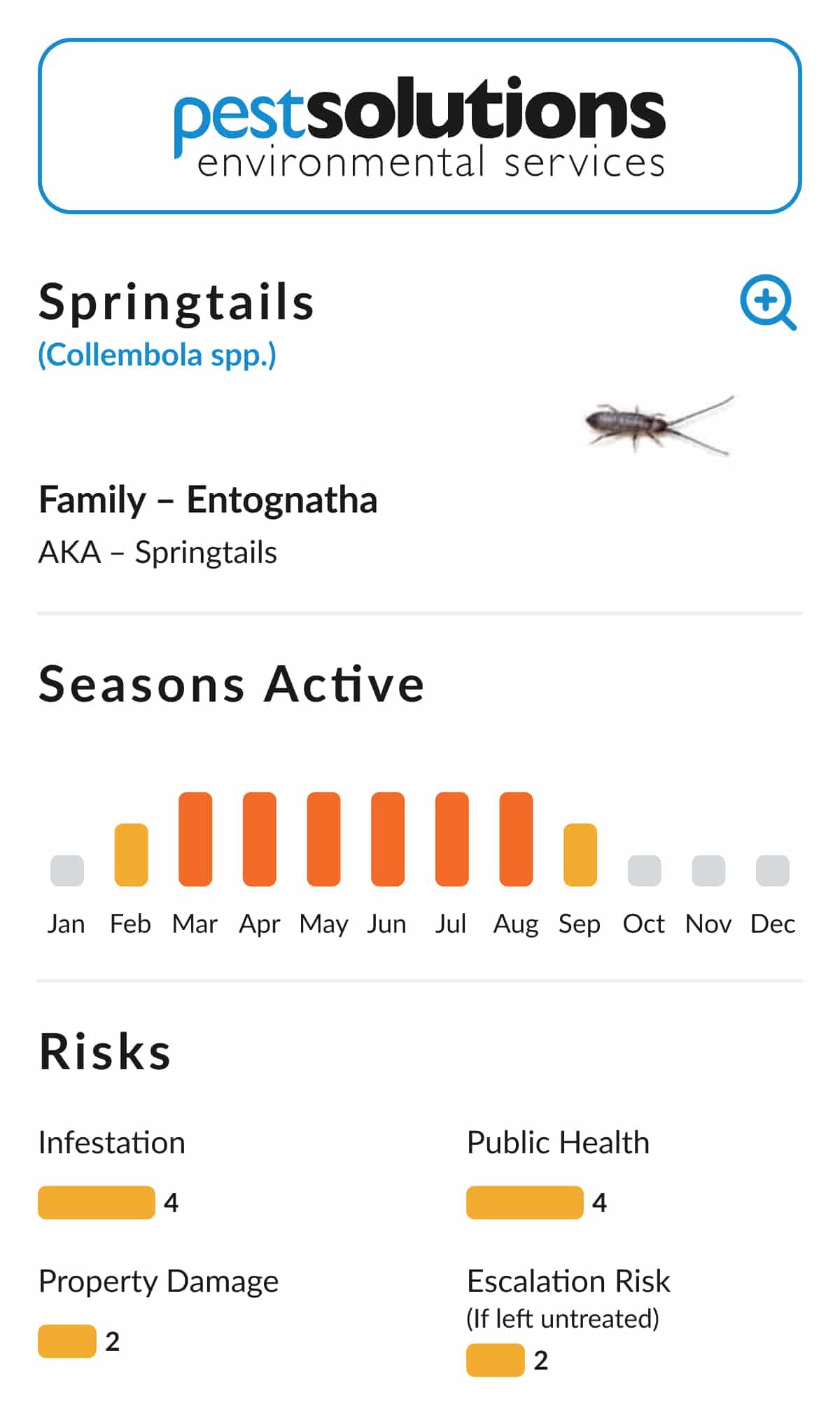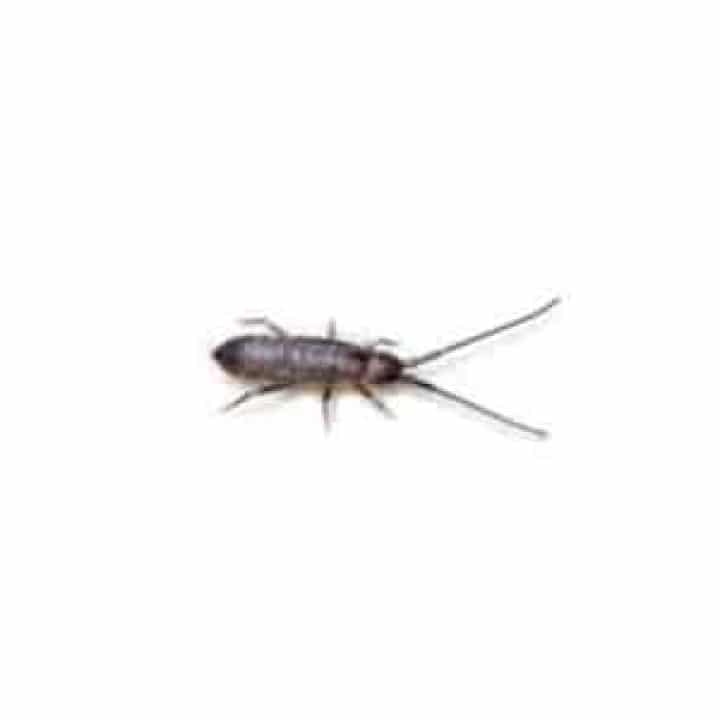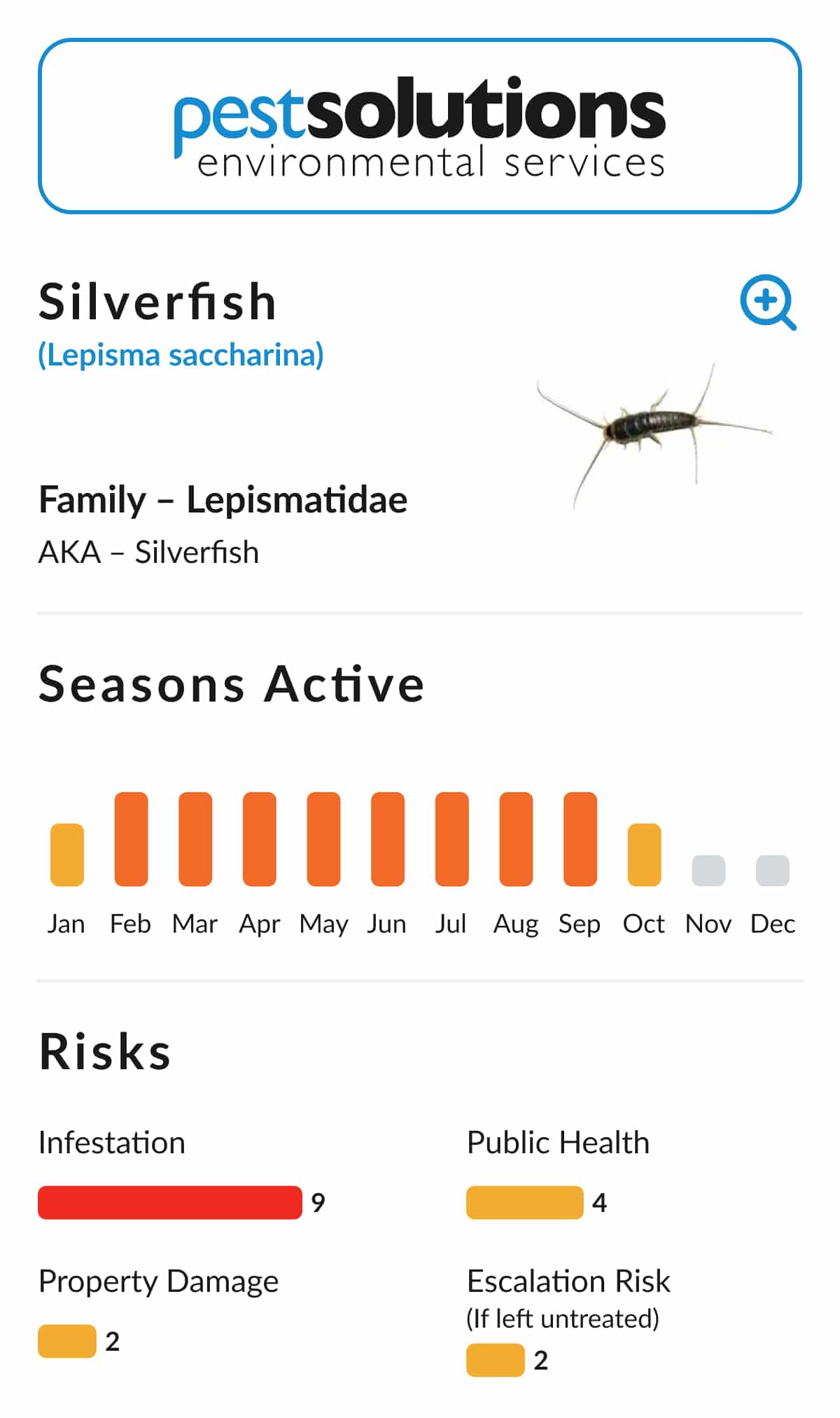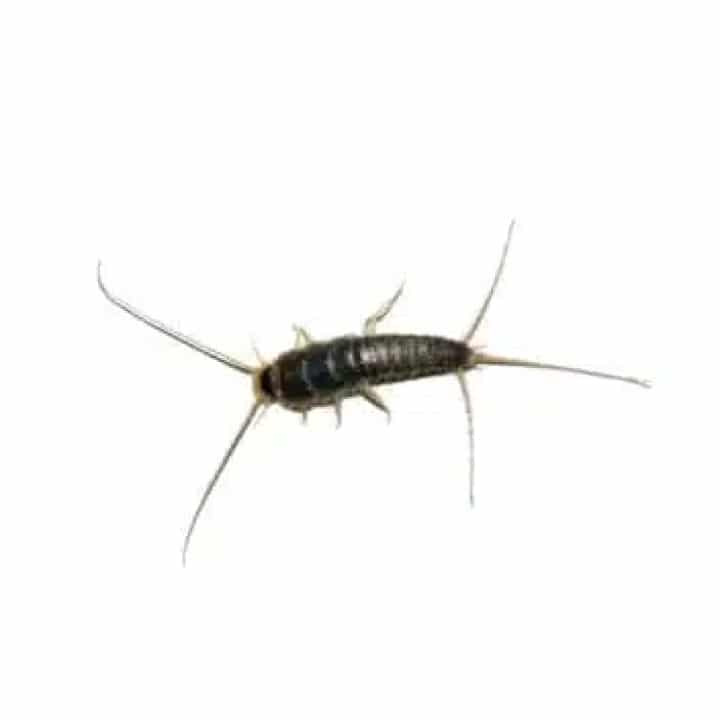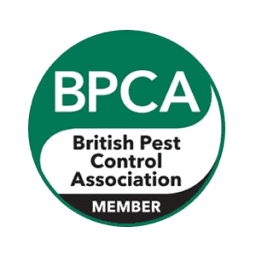Habitat and Distribution – Grain Weevil (Sitophilus granarius)

Biology – Grain Weevil (Sitophilus granarius)
The life cycle of the Grain Weevil is fully contained within the grain:
- Eggs: Females can lay up to 350 eggs, typically at a rate of 1 to 2 per day over a period of around nine months.
- Larvae: These legless grubs hatch inside the grain, where they feed and develop. They undergo four moults and may take between three weeks to three months to reach the pupal stage, depending on temperature.
- Pupae: Pupation also occurs within the grain kernel.
- Adults: Adults are dark brown, 3–4 millimetres in length, and have a distinct long “snout.” They are incapable of flight and may live for nine months to one year.
The weevil’s entire life cycle being hidden inside the grain makes infestations hard to detect until significant damage has occurred.
Why They’re a Problem – Grain Weevil (Sitophilus granarius)
Grain Weevils are capable of causing substantial damage in grain stores. Infestations lead to:
- Loss of grain weight
- Tainting of product
- Internal heating of grain masses, leading to “hot spots”
- Increased risk of mould growth
Their activity can compromise the quality and safety of stored cereals. Since larvae remain hidden within the grain, visual inspections often miss early infestations. This allows populations to grow undetected until control becomes more difficult.
Control and Prevention – Grain Weevil (Sitophilus granarius)
Control of Grain Weevils requires a combination of monitoring, hygiene, environmental management, and chemical treatments. Key methods include:
- Monitoring grain stores with bait bags and traps to detect infestations
- Using specific techniques to identify and manage hidden weevil activity
- Drying and cooling the grain to inhibit development and reproduction
- Maintaining high hygiene standards and removing old grain residues from equipment and buildings
- Applying approved residual insecticide sprays and dusts around storage areas
- Admixing approved insecticides directly with stored grain to prevent infestation
- Fumigating grain with phosphine gas where necessary (some weevils may show tolerance, so this should be carried out by specialists)
For small-scale infestations, tracing and removing infested commodities, maintaining hygiene, and using residual treatments may be sufficient to control the problem.
Professional Support – Grain Weevil (Sitophilus granarius)
Grain Weevils can be challenging to detect and eliminate due to their life cycle within individual grain kernels. If you suspect an infestation in a grain store or silo, professional help is essential to protect your stock and prevent losses.
For expert support with Grain Weevil control, visit https://www.pestsolutions.co.uk to contact our team or arrange a site inspection.
